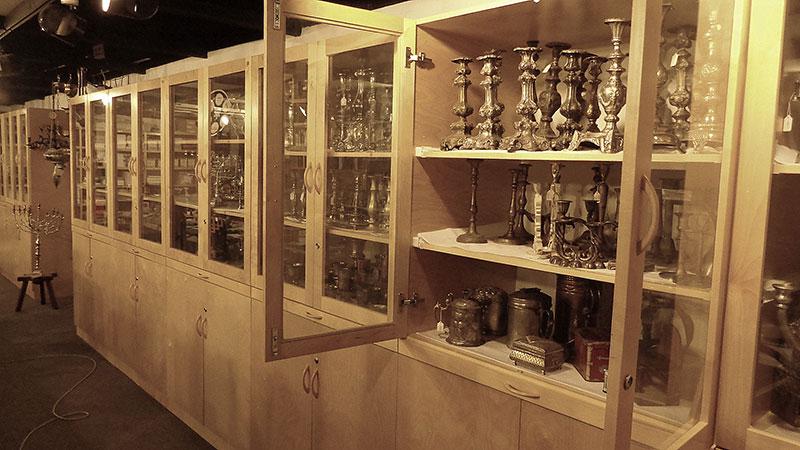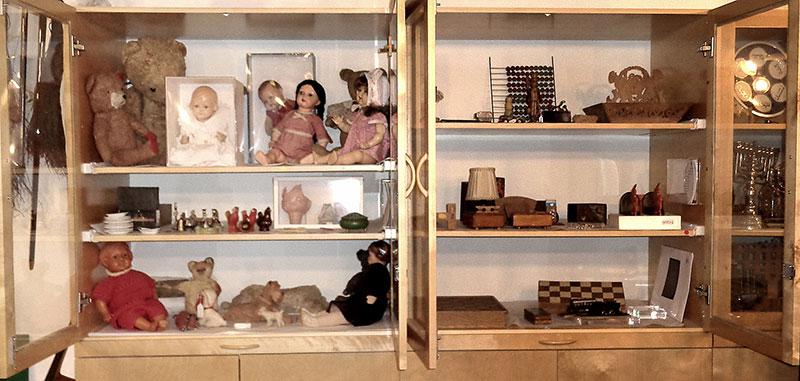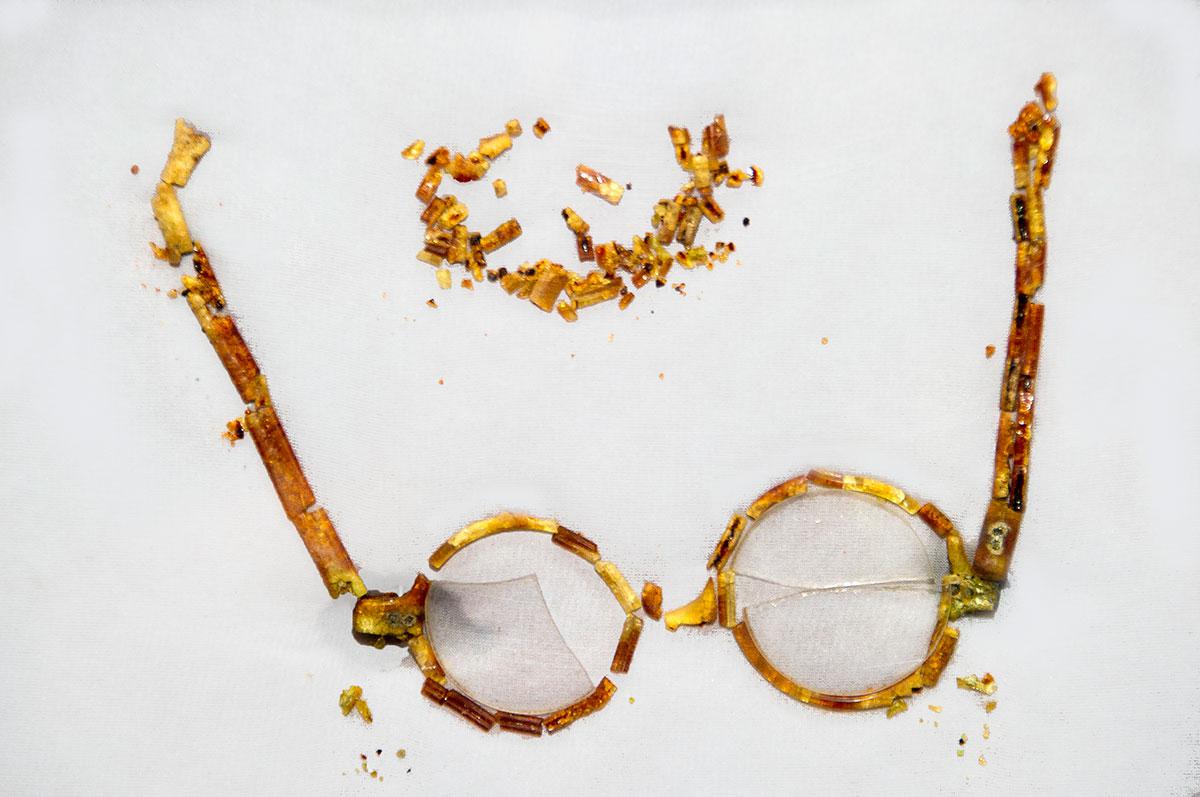



Yad Vashem


Some 34,000 items, large and small, fill the drawers and shelves of Yad Vashem's Artifacts Collection. A number of them are on display at the Holocaust History Museum, others at the Yad Vashem Synagogue, and some are used for temporary exhibitions in Israel and around the world. But whether on display or not, all of Yad Vashem's artifacts pose as "silent witnesses" to the Holocaust. Yad Vashem has been working hard to record the testimony of their former owners for several decades, in order to restore their journeys and thus document this dark period of Nazi persecution.
Michael Tal, who has been working at Yad Vashem for the last 22 years, today directs the Artifacts Department in Yad Vashem's Museums Division. He knows almost every trinket, plate, uniform, pendant, toy and more housed in the collection, and often takes visitors behind the scenes to illustrate a mission that has not finished revealing all of its secrets.
From Secondary to Primary Value
Yad Vashem has been collecting Holocaust-related items since its inception in 1953. “Even at the height of the Holocaust, there was already talk of gathering evidence – diaries, letters and artifacts – in order to testify on behalf of the individual Jews who suffered such a terrible ordeal," says Tal.
Following the war, a more concentrated and organized collection of items began. Survivors donated archival documents, photos and personal effects, and filled out Pages of Testimony to remember relatives and friends whose lives were so cruelly cut short. "The survivors wanted to bear witness to the Shoah, so they brought us historical documentation," continues Michael Tal. “These included yellow stars, prisoner uniforms, internee numbers engraved on iron plates, and proof of the various passages to concentration camps,” illustrates Tal. "However, at the time, personal items were not yet discussed."
When Yad Vashem's Historical Museum first opened its doors in 1973, artifacts were still seen as "secondary" to documents and photographs – the latter of which comprised its early exhibitions. It was only in 1995 that artifacts began to be considered as evidence of history, becoming a collection in their own right.
A New Vision
From the beginning of his tenure in the early 1990s, Chairman of the Yad Vashem Directorate Avner Shalev strived to redefine Holocaust remembrance and education for the 21st century. Under his direction, a new Museum Complex opened in 2005 – including the now world-renowned Holocaust History Museum. The Museum combines the best of Yad Vashem’s expertise, resources and state-of-the-art exhibits; but most importantly, it presents the story of the Holocaust through the experience of the individual victims, rather than the perpetrators. "The old museum mainly exhibited documents or photos taken by the Germans, and our visitors understood the Holocaust through the eyes of the Nazis," relates Tal. "Henceforth, it was decided to speak of the Shoah through the eyes of the Jews."
Today, the ten thematic galleries of the Holocaust History Museum contain more than 1,000 objects, direct witnesses of the Shoah. Behind each artifact hides the harrowing journey of a lifetime, and thus each object becomes a storyteller, giving a face and a name to every victim of the Shoah, whether they survived or not.
Indeed, for the past two decades Jewish individuality has been at the center of Yad Vashem's vision. Its educational goal is to focus on the human story; to "bring the victims back to life" by telling the narratives of individuals, families and communities in hiding places, camps and ghettos through original artifacts, survivor testimonies and personal possessions.
Yad Vashem staff are very proactive in gathering Holocaust-era items through meeting with survivors, initiating calls for personal objects, and traveling to Europe, in particular to Eastern Europe, in order to find artifacts. "Visits to camps like Majdanek or Auschwitz further reinforce the idea that the enormity of the Holocaust is often represented by stacks of uniforms, shoes and suitcases, which express mass murder, the fate of the collective," explains Tal. "Yad Vashem understands that its mission is to tell the Holocaust through the individual stories.”
Putting the Pieces Together
While collecting the artifacts is vital, a whole extra effort is involved in trying to "make them speak." "You often have to go back to old depositaries to fill in the missing information, and these are not always easy to locate," points out Tal. "Investigative work for a single, simple item – a cookbook, a child's toy, an engraved ring – may span several years."
To illustrate, Tal brings the example of Bluma Walach's glasses, entrusted by her daughter Tola to Yad Vashem:
"Bluma and Tola were deported together from the Lodz ghetto to Auschwitz. At the time of selection, they were separated, and Bluma was led from the ramp directly to the gas chambers. Tola later realized that she had kept her mother's glasses in her pocket. They were now the only memory she had left of her, and she refused to throw them away, even after the war. When the glasses began to decompose in the 1990s, Tola donated them to Yad Vashem. This pair of glasses with broken lenses and deformed frames is a particularly strong and powerful testimony to the life of Tola and her mother Bluma, of their separation and of their markedly different fates. Today, they are on display at the Holocaust History Museum."









